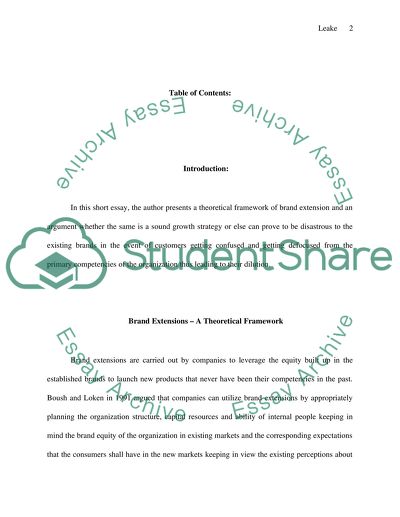Cite this document
(“Brand Extension Essay Example | Topics and Well Written Essays - 1250 words”, n.d.)
Brand Extension Essay Example | Topics and Well Written Essays - 1250 words. Retrieved from https://studentshare.org/miscellaneous/1499962-brand-extension
Brand Extension Essay Example | Topics and Well Written Essays - 1250 words. Retrieved from https://studentshare.org/miscellaneous/1499962-brand-extension
(Brand Extension Essay Example | Topics and Well Written Essays - 1250 Words)
Brand Extension Essay Example | Topics and Well Written Essays - 1250 Words. https://studentshare.org/miscellaneous/1499962-brand-extension.
Brand Extension Essay Example | Topics and Well Written Essays - 1250 Words. https://studentshare.org/miscellaneous/1499962-brand-extension.
“Brand Extension Essay Example | Topics and Well Written Essays - 1250 Words”, n.d. https://studentshare.org/miscellaneous/1499962-brand-extension.


